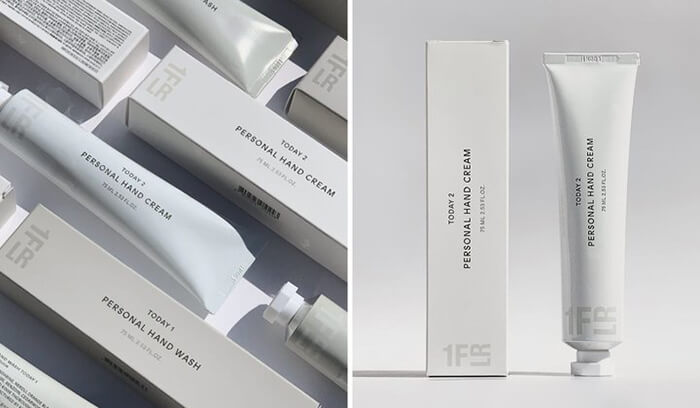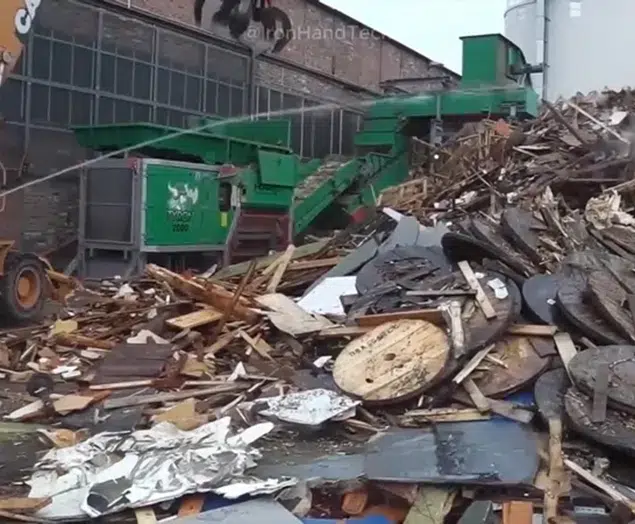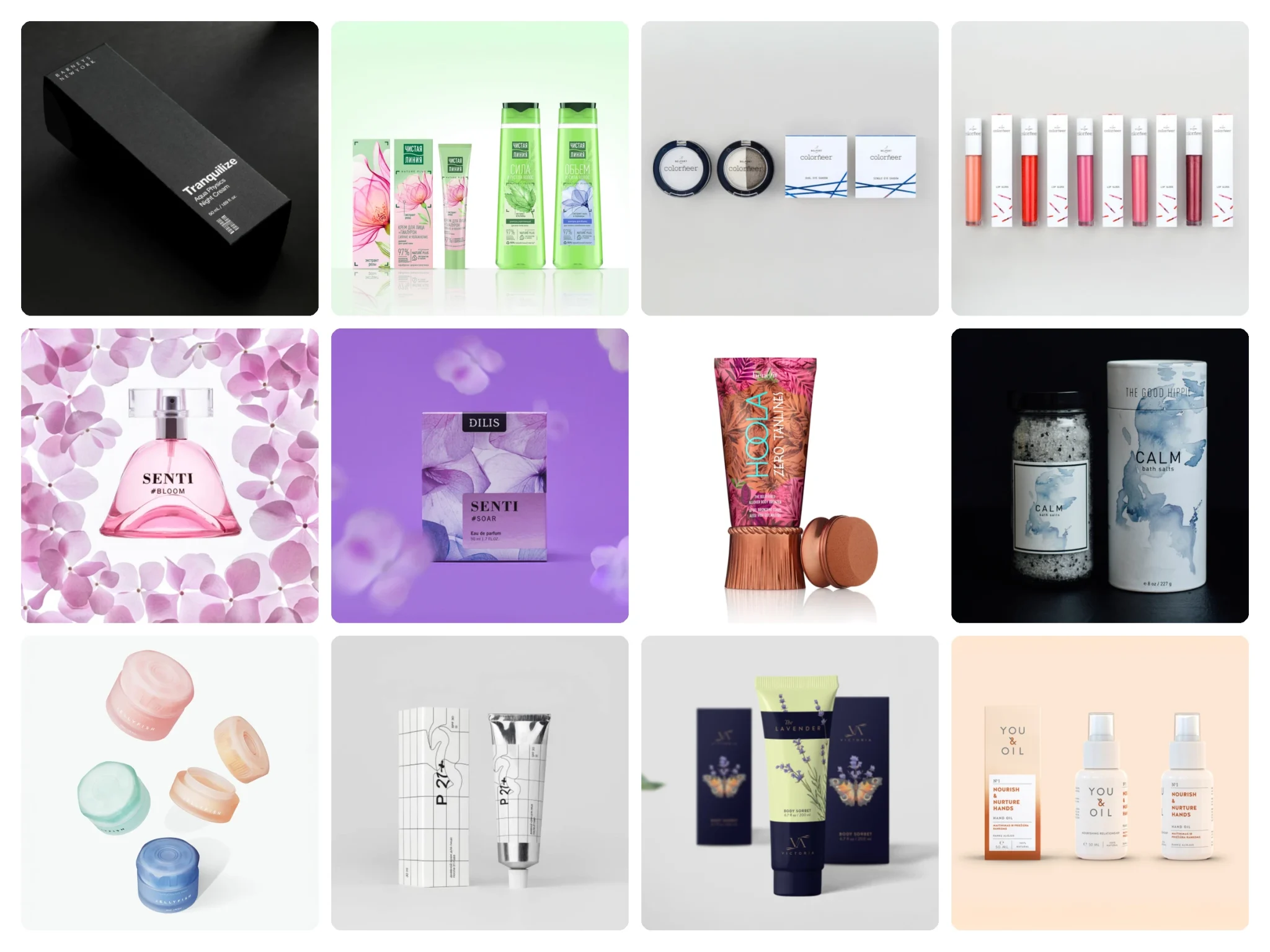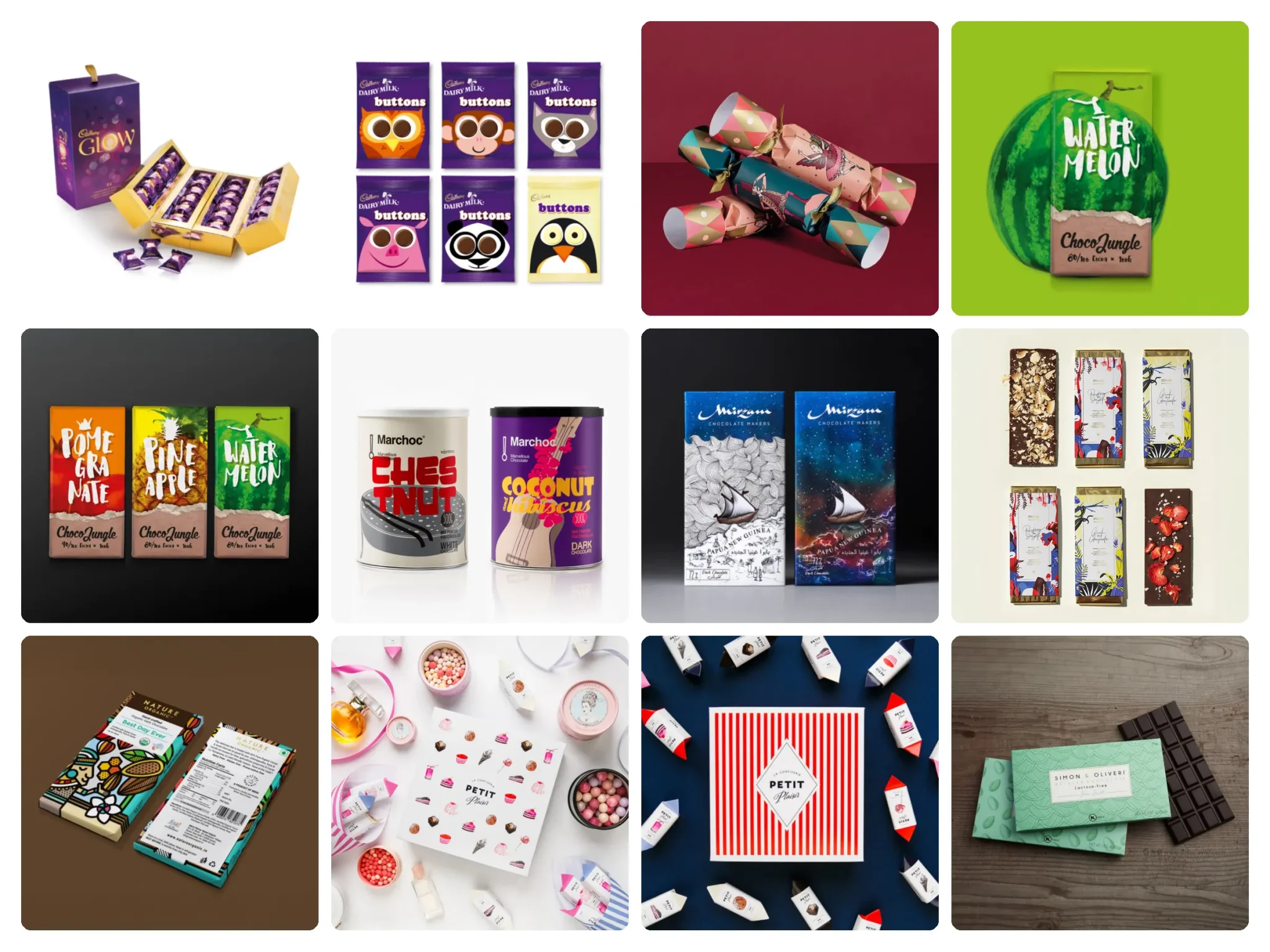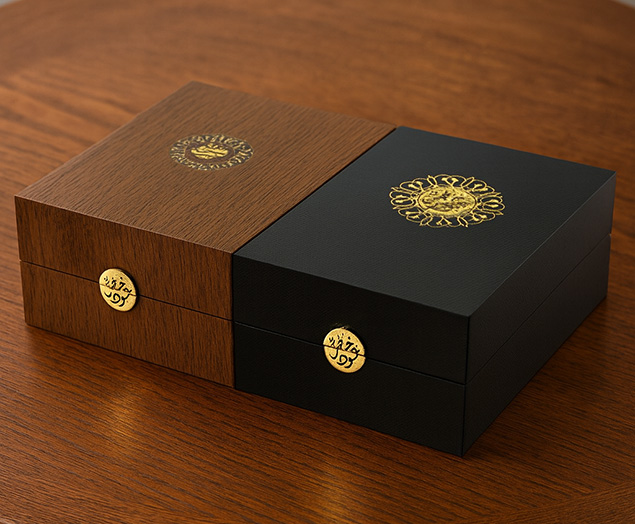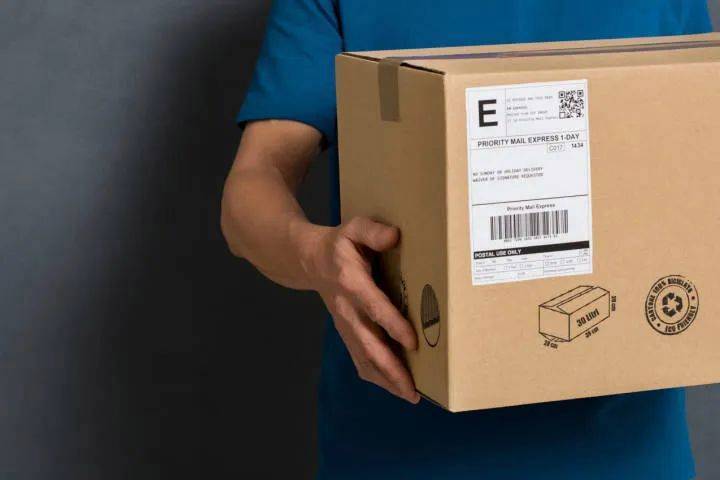Printed Packaging Guide – The Working Process Of Printed Box
All consumer products are packaged. The making of these packages starts with the burning of an aluminum plate. This article shares everything you should know about the printed packaging working process.
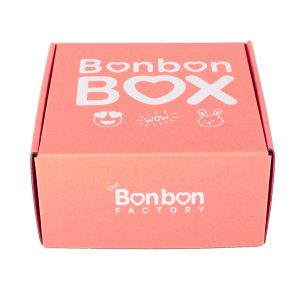
The transfer of an image onto an aluminum plate by the burning process. The plate is placed onto a cylinder and, using a laser, the burning begins. The image appears in six minutes. This plate will make the printing impressions on packages. The laser which did the burning has to be perfectly calibrated using the test plate. The plate is now ready to make impressions via the offset method.
Printing involves ink, and it requires selecting the right one. If the desired color does not exist, it has to be made up of a mix of various other colors. An ink trial is done with a spatula and using this small manual press color ink tests are done. The ink is spread onto paper and the color is compared with the one called for by the customer. It’s to match, the presses can be started up.
Usually, box packaging manufacturers are using 6 color offset process printing press with 72 by 108-centimeter capacity. The press is fed by a suction and friction process, devouring 8,000 sheets an hour.
The printing plate is placed on to the press cylinder. This plate will contact inking rollers of the ink reservoir to prevent it from drawing. Ink viscosity is maintained with the oscillator. The press starts up and reaches a production rate of 8,000 impressions in 60 minutes.
The press comprises individual color printing units. The paper sheet passes from one unit to another, receiving a new color at each step. Then they register the colors that are the quality of the superimposition of the different colors.
The final step is the folding and gluing of the boxes. A grooved plate makes folding point marks on the carton and this machine does the cutting the embossing and stripping of the sheets at a rate of 6,000 an hour.
The cutting die cuts the carton sheets and together with the groove plate makes the folding joints. The sheet is slid behind the cutting die to equalize the cutting of the sheets. Then there is an enormous pile of 3,000 sheets is ready to be cut. The embossing press feeder handles between 68,000 sheets an hour. Rollers guide the sheets in the direction of the press. The sheets are embossed by the machine. The precision of the embossing is then verified.
Next comes the cutting of the sheets, this goes on at 8,000 an hour. The cutting unit strips and removes the unnecessary pieces, and the carton scraps are sucked up for eventual recycling. The scraps can also be cut away manually by using a hammer. The carton and pieces are sent off for recycling. All that remains is the assembly of the packages. The high-speed gluing unit can make up 30,000 to 40,000 per hour.
Gluing begins with the folding of the sheets. Following the folding marks. The sides of the form box are then glued together. An average of between 5 and 8 steps is needed to fabricate a packaging box. Every day this plant produces between 1 and 2 million boxes, requiring almost 4,000 tons of cardboard annually.
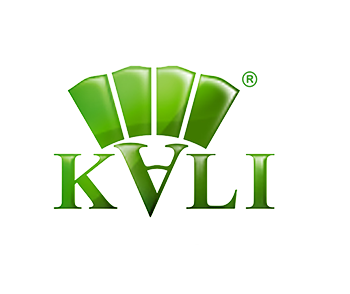
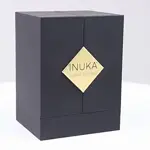
Top 10 Creative Cosmetic Packaging Design Ideas & illustrations 2023 | Luxury-Paper-Box.Com
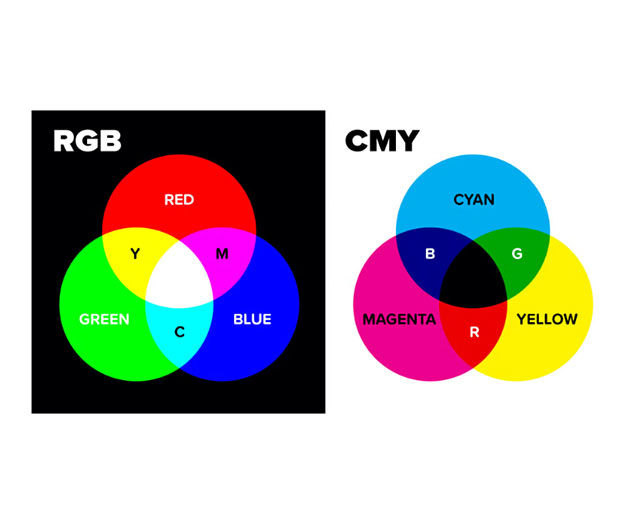
What Is the Difference Between RGB and CMYK





